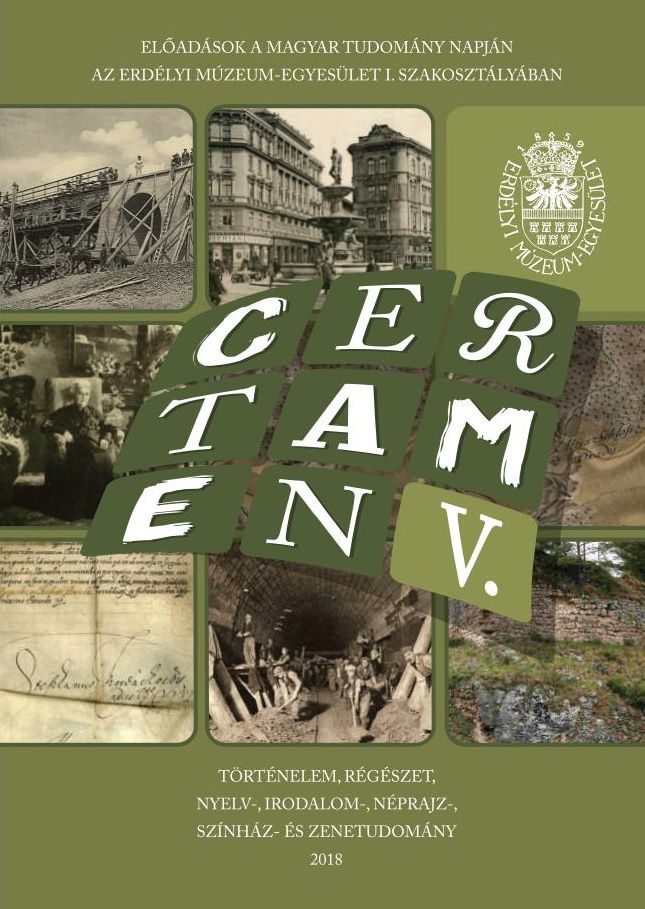A magyar kormány és a helyi politikai elit vasútfejlesztési elképzelései Székelyföldön 1940–1944 között
The Plans of the Hungarian Government and the Local Political Elite for the Development of the Railway Infrastructure in Szeklerland between 1940 and 1944
Author(s): Csaba GidóSubject(s): Economic history, Local History / Microhistory, WW II and following years (1940 - 1949)
Published by: Erdélyi Múzeum-Egyesület
Keywords: Szeklerland; II. World War; railway;
Summary/Abstract: Following the Second Vienna Award from 1940 Transylvania was divided in two different parts for the first time in history. The newly created Romanian–Hungarian border had an important effect on the railway system of Transylvania. The territories of the Szeklerland assigned to Hungary had no railway connections with the other parts of Hungary. By 1942 the railway line between Sărățel (Szeretfalva) and Deda (Déda) was completed, and it assured the connection between Hungary and Szeklerland, but still important territories were left without railway lines. Between 1940 and 1944 many railway construction plans were issued. This study aims to present these plans, their benefits and there disadvantages, too.
Journal: Certamen
- Issue Year: 2018
- Issue No: V
- Page Range: 263-270
- Page Count: 8
- Language: Hungarian

